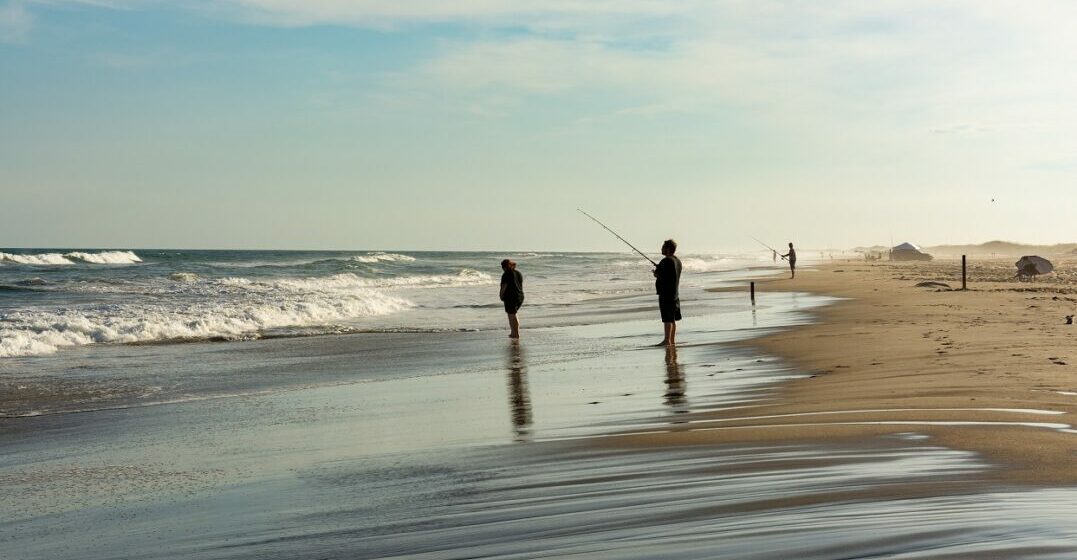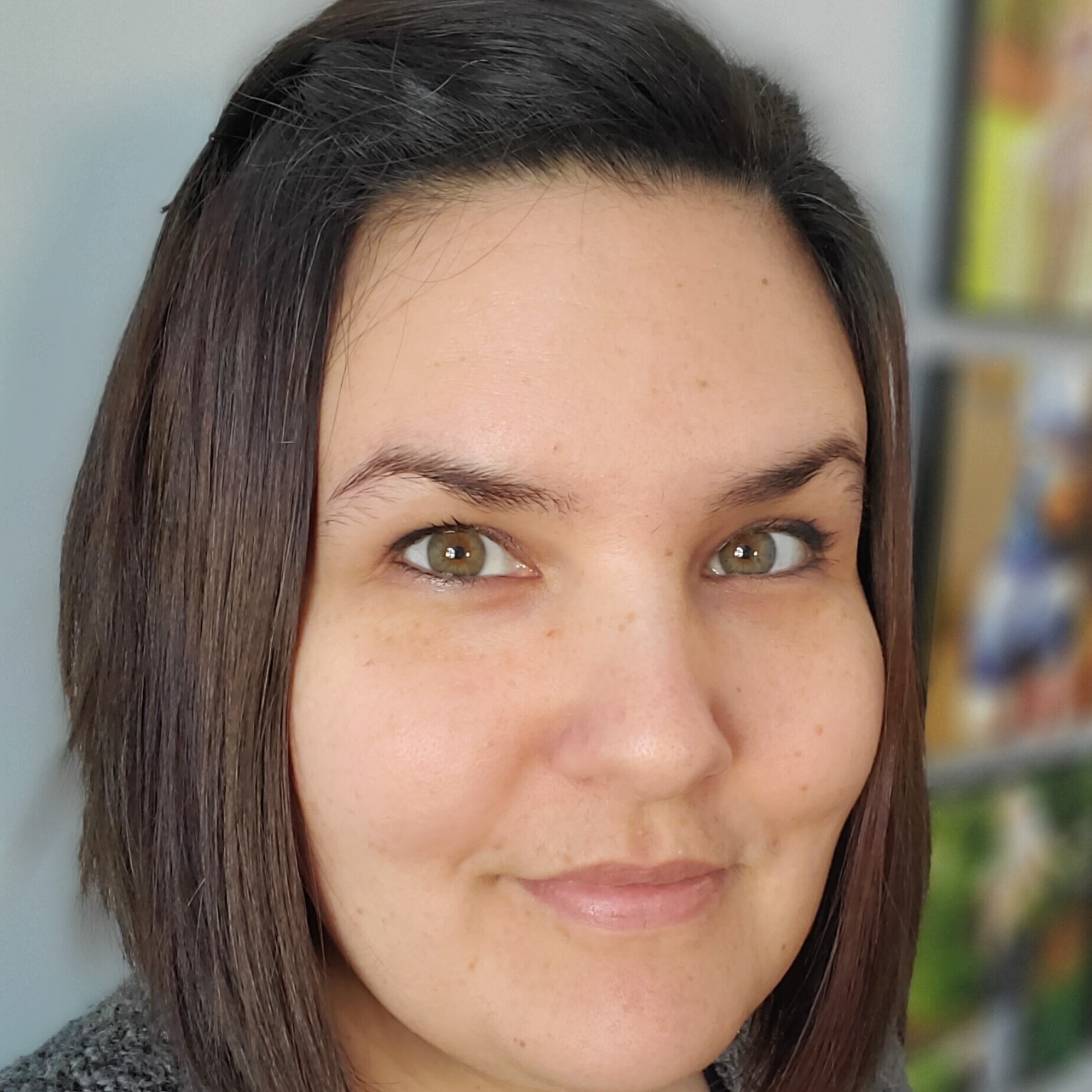What is the High Tider accent?

Are you a dingbatter?
If you have to ask what that means, then you most certainly are—because, to a certain group of Americans, a dingbatter is the name for someone who isn’t from their community.
The people we’re talking about are called High Tiders. On top of their colorful slang, the members of this community also have an accent so unique that many don’t recognize it as American English.
In this article, we’ll dig into everything you need to know about the High Tider accent: where you’ll find it, how many people have it, what it sounds like and more.
- What is the High Tider accent?
- Who speaks with a High Tider accent?
- How many people have a High Tider accent?
- Where does it come from?
- What does it sound like?
- High Tider slang
Learn languages at your pace
What is the High Tider accent?
The High Tider accent is a unique combination of English, Scottish and Irish dialects. Some say it has elements of pirate speech (that’ll make more sense in a minute). This way of speaking is often called the “Hoi Toider” accent to reflect speakers’ pronunciation. Though it’s technically an American accent based on its geography, according to Dr. Walt Wolfram of North Carolina State University, “It’s the only American dialect that is not identified as American.”
Who speaks with a High Tider accent?
The group of people known as High Tiders who have this unique accent lives on the Outer Banks of North Carolina—34 miles from the mainland—in the US. Many High Tiders live on an island called Ocracoke; for that reason, the accent is also called the Ocracoke Brogue. The people who speak with this accent tend to be the older generation who were born and raised there; the accent isn’t as prevalent among younger residents.
How many people have a High Tider accent?
High Tiders form a very small group—estimates state that there are about 950 in total. Of those residents, only about half know how to speak with a full Outer Banks accent, and the number is dwindling. That’s largely due to intermingling with non-islanders: Many High Tiders have married mainlanders (who don’t have the accent), so it’s not being passed down to their children.
Where does it come from?
To understand where the High Tider accent originated, we need to go back a few centuries to when pirates were sailing the high seas (yes, we’re serious).
Back in the 18th century, there lived a pirate by the name of William Howard. In 1759, a few decades after pirates were pardoned for their crimes by King George I, Howard bought Ocracoke Island and began to settle there. Soon, many other former pirates joined him on the island. They began building a fishing community with English, Scottish and Irish settlers, as well as a Native American tribe called the Woccon.
The High Tider accent was formed through the mixing of the dialects of all of these groups. Because the Outer Banks region was so isolated, the residents weren’t exposed to and influenced by other English dialects. As a result, the High Tider accent took on a life of its own.
Learn languages at your pace
What does it sound like?
In High Tider English, the standard American “I” sound is pronounced “oy”—that’s why “High Tider” is also called “Hoi Toider.” Here are a few other features of the Ocracoke Brogue:
- The American “ou” or “ow” is pronounced “ai,” so “ground” is pronounced “graind.”
- A long “i” followed by an “r” sounds like “ar,” meaning “tire” becomes “tar.”
- A rhotic (strongly pronounced) “r” sound is always used, even in the middle of a word.
- Verbs ending in “-ing” are often preceded by “a”: “She’s a-cookin’ dinner,” for example.
- “Weren’t” is used regardless of whether a noun is singular or plural; for instance, “I went to his house, but he weren’t home.”
Hear the Hoi Toider accent for yourself!
High Tider slang
High Tider is actually much more than an accent—the residents of the Outer Banks have a culture all their own. Along with their distinctive pronunciation, they use some unique vocabulary as well:
| Hoi Toider English | Standard English |
| Buck | A good (usually male) friend |
| Dingbatter | Someone who isn’t from the Outer Banks; a mainlander |
| Meehonkey | A game of hide-and-seek |
| Mommuck | To bother |
| O’cocker | An Ocracoke native |
| Quamished | Sick to the stomach |
| Slick cam | Calm water |
The High Tider accent: A glimpse into the past
With its unique pronunciation, grammar and vocabulary, Hoi Toider English is a very cool dialect. It also offers all of us dingbatters a fascinating look at US history and some intriguing facts about the origins and development of English dialects in America.










